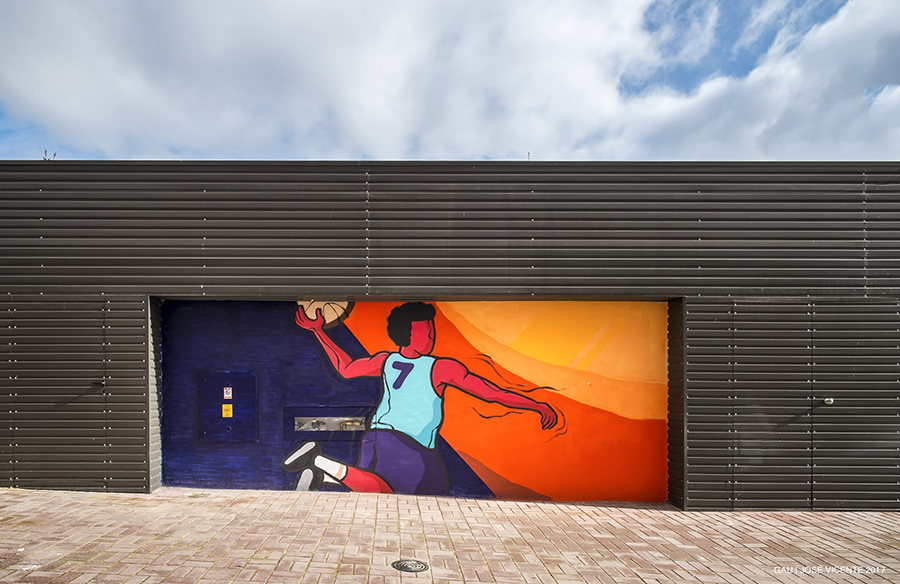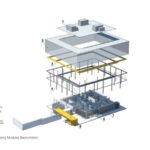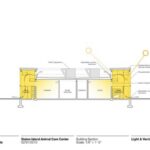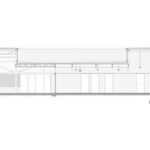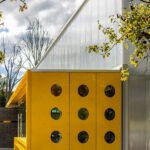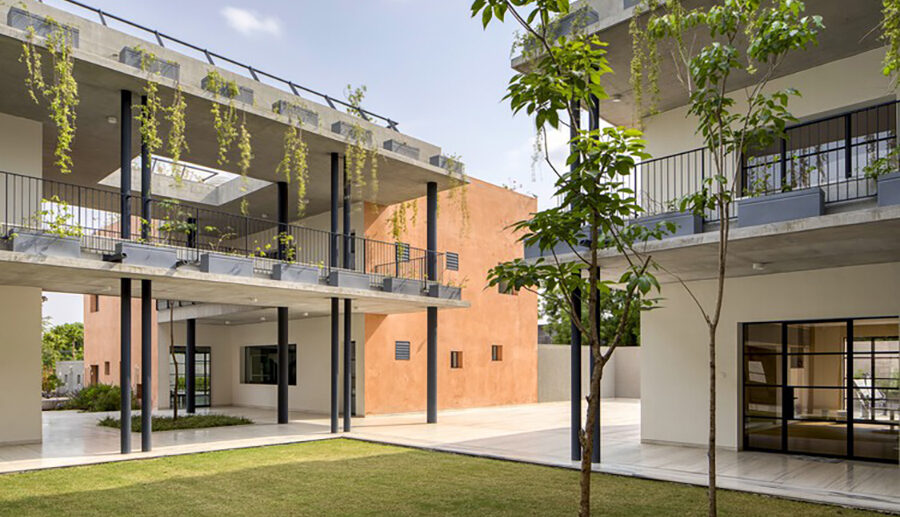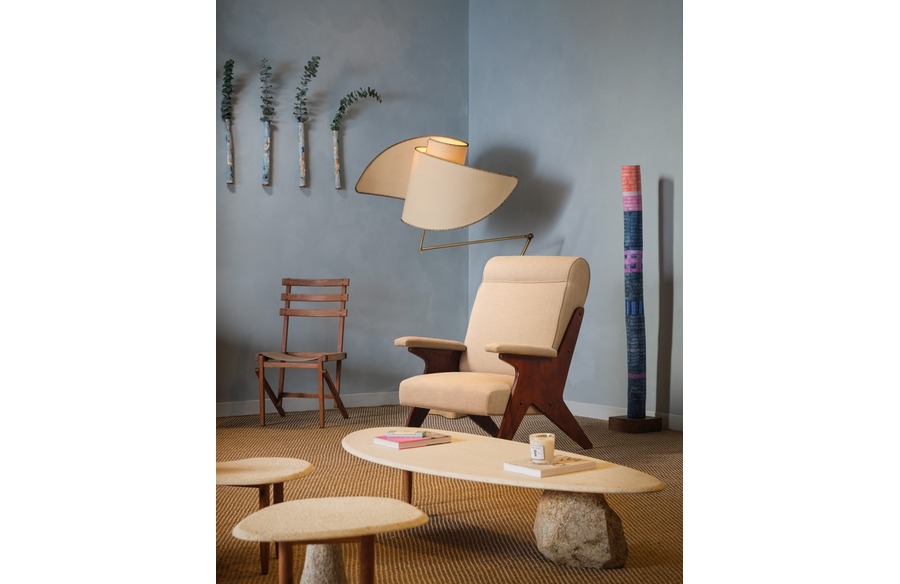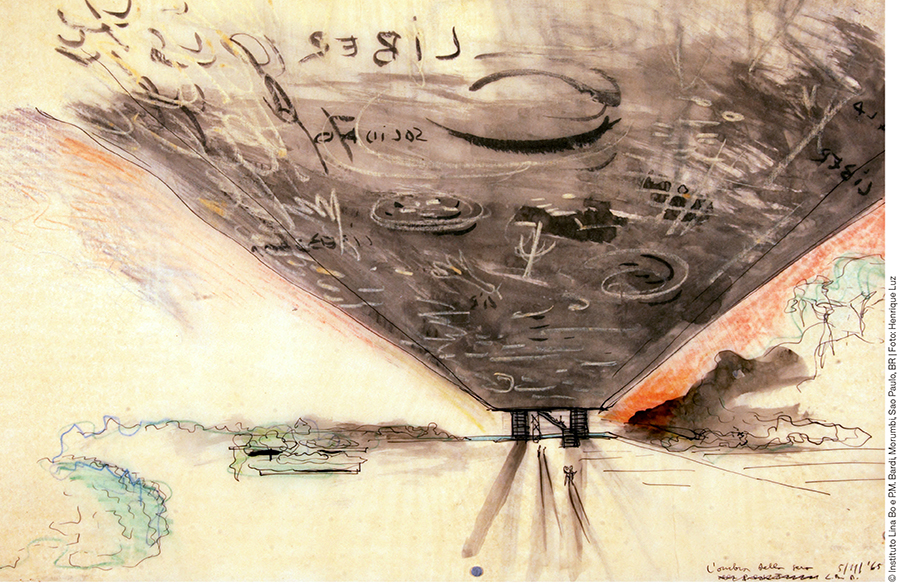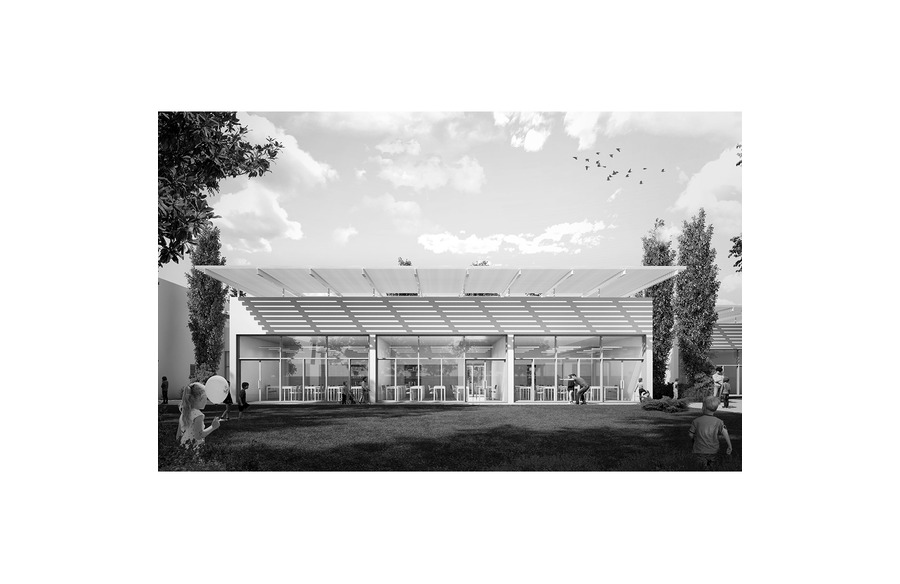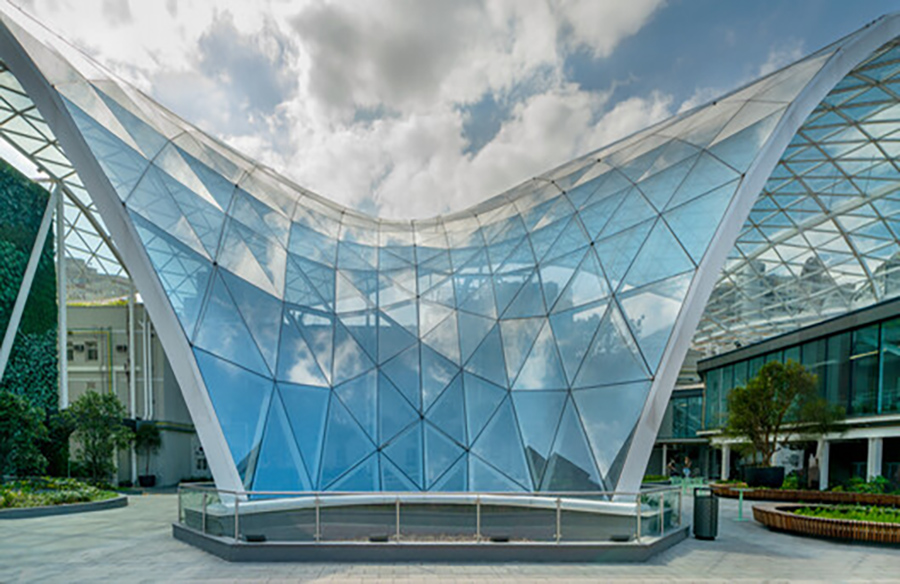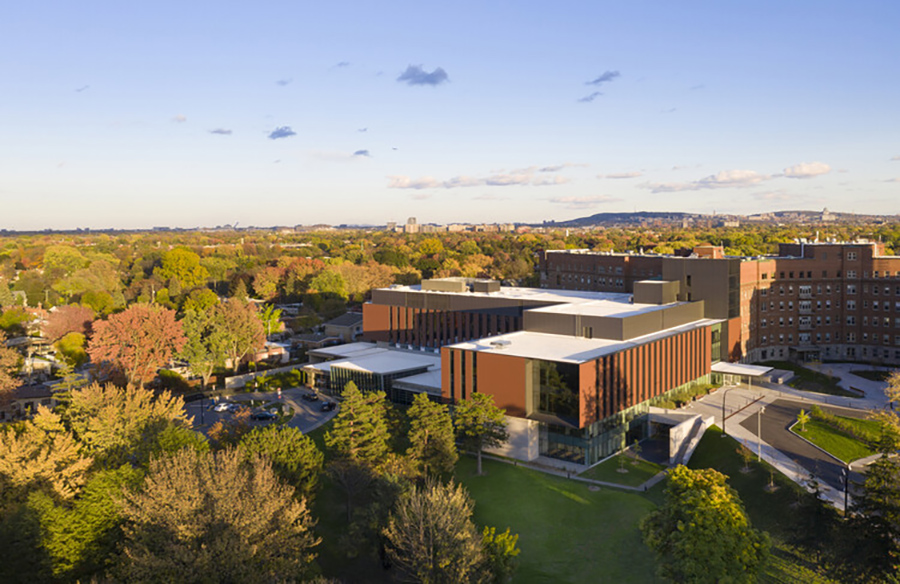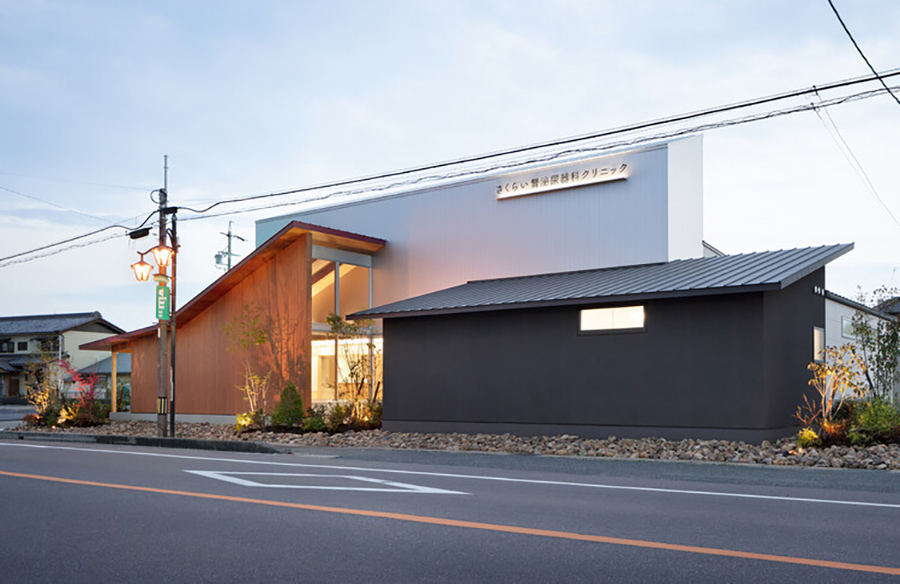Staten Island Animal Care Center: Redefining Animal Shelter Design
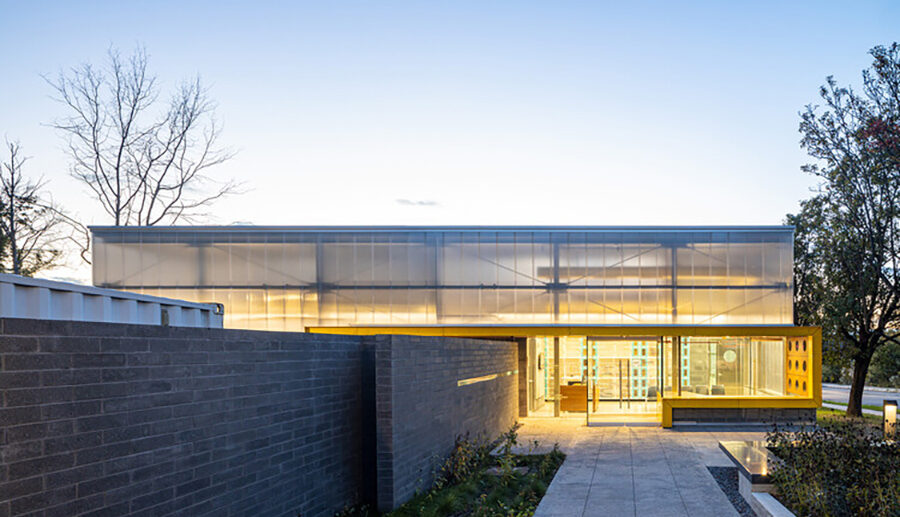
Situated in Staten Island, United States, the Staten Island Animal Care Center, designed by Garrison Architects, offers a compassionate and efficient environment for animals awaiting adoption. Unlike traditional animal care facilities, the design of this center prioritizes the well-being of both animals and staff, with animals housed around the building’s perimeter while offices and service areas occupy the interior.

Promoting Animal Welfare
Placing animals along the exterior perimeter of the building not only minimizes disruptions caused by individual animals but also enhances their well-being by providing ample natural light. This innovative approach fosters a more positive environment for the animals, contributing to their overall mood and comfort. Additionally, the translucent exterior creates a visually engaging façade, further enriching the building’s aesthetic appeal.
Maximizing Natural Light and Ventilation
The building features a highly insulating, translucent polycarbonate envelope that allows for maximum natural light penetration while maintaining a lightweight structure. A recessed clerestory court facilitates the entry of light from all directions and promotes natural ventilation throughout the building. This design not only reduces energy consumption but also creates a bright and airy atmosphere conducive to animal welfare.

Sustainable Design Approach
Designed as a low-budget, high-performance facility, the Staten Island Animal Care Center incorporates locally sourced materials with high recycled content to minimize environmental impact. The selected materials are durable and capable of withstanding wear and tear, thereby reducing long-term maintenance costs. Furthermore, the landscape design employs drought-tolerant indigenous plantings to lower water usage and maintenance requirements.
By prioritizing animal welfare, natural light, and sustainability, the Staten Island Animal Care Center sets a new standard for animal shelter design, demonstrating how thoughtful architecture can positively impact the lives of both animals and humans.


